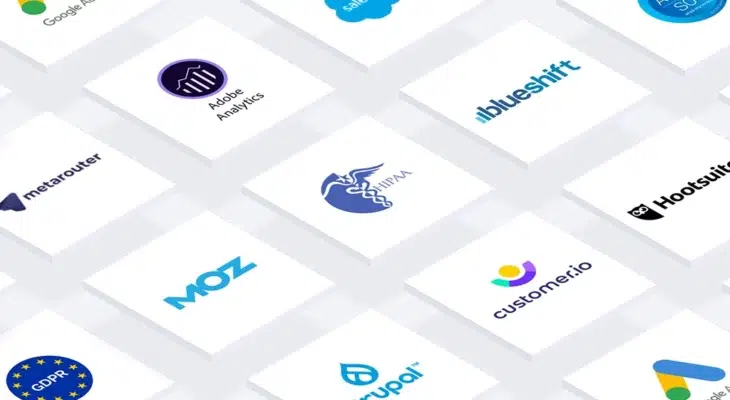A marketing strategy that includes technology tools is essential for almost every industry, including healthcare. More than ever, hospitals and insurers have to work hard to communicate with patients and members in a personalized manner to provide relevant information. With so many options available to them, consumers can easily move on to a new provider, so keeping them engaged is crucial.
For most types of organizations, creating a marketing technology infrastructure would involve choosing from the more than 7,000 marketing technology solutions available and integrating them into their company’s existing systems. However, healthcare organizations have an additional challenge in that they must safeguard protected health information to remain within industry security guidelines.
Effective and personalized marketing programs need data to work, so healthcare organizations must ensure that any tools that they use will not jeopardize data security. While this additional barrier could limit the number of martech tools that a healthcare company can use, that doesn’t mean it can’t still build an effective healthcare-friendly martech stack.
We’re going to help you develop a healthcare-focused martech stack and provide some examples of martech tools that are used by healthcare marketers.



